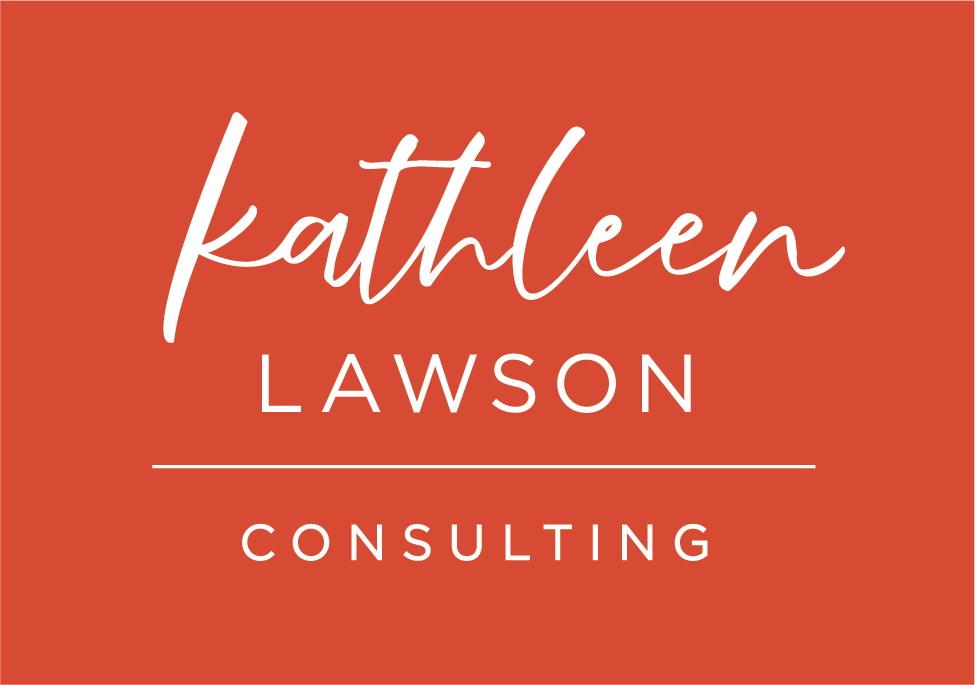Breaking Down that One Daunting Goal
Recently, a close colleague shared with me that, thanks to her CEO Hour weekly planning, her day-to-day operations are in flow, and her business is in great shape. Except for one daunting goal on her list. For some reason, she had not applied her weekly planning skills to this ominous goal that had been clinging to her to-do list for way too long - fixing her Dubsado.
Dubsado is a robust CRM that allows business owners to customize and send proposals, invoices, questionnaires, and emails, track leads, schedule appointments, and perform other helpful tasks. She had mentioned “fixing Dubsado” many times, and it was clear to me why it wasn’t getting done. Just like cleaning out a file cabinet, marketing your business, or doing your holiday shopping, fixing Dubsado is an overwhelming, vague, and hairy project, not a 15-minute task for your day-to-day task list. And thinking “I have to fix Dubsado” week after week would send the strongest business owner running for shelter. If, instead of “fix Dubsado,” her to-do list this week said “draft onboarding email or set up workflow to send email, questionnaire, and appointment scheduler” - THOSE are boxes she could check off and actions she could easily take.
I suggest that, every few weeks, business owners get real about what they’ve been avoiding. You know, those items that keep sliding from one daily list into the next, like a rash that won’t disappear. Avoiding something is a symptom of something else, like being stuck on a tech issue or a task or project no longer being in alignment with our mission and goals. But the most common reason is that it’s been left way too “big” to be easily addressed on our to-do list.
If our first thought, consciously or subconsciously, is “I don’t even know where to start with that….” it can stop us from moving forward.
Why?
Small tasks are easier to take action on. Creating a plan gives you a strategy for biting off exactly what you can chew.
Discuss and delegate.
I recommended that she schedule time with her VA to make a list of the items she wanted to fix - updating proposal templates, drafting emails, and creating workflows that needed to be created. A list is more approachable. It allows you to chip away at it, one or two things at a time.
Plan the planning time.
It’s hard to bridge that gap between the big goals we want to achieve in our business and the little tasks we focus on when we start work each day. A weekly planning practice bridges that gap.
Setting the big goals and creating the vision come naturally for entrepreneurs - we’re idea people. We love ideas and thinking in big-picture terms. Many of us have a romance with the idea of choosing goals. We go to a retreat, fill our workbooks, and make our vision boards. Then we go back to our office and stick those goals on the shelf. And tomorrow morning? Well, tomorrow morning we get up and jump into client work. We deal with our inbox and react to whatever pops up, forgetting all about our goal activities from the day before.
Weekly planning is a reality check.
It gives us the structure to take action regularly so that we achieve those goals. It helps eliminate decision fatigue - the decisions are made while we plan, and then we can just take action without having to rethink the whole thing.
Ideally, when we set our goals, we should:
Create a plan
Break our goals down into small, sensible action items
Considering what resources we’ll need
Establish a timeline (even if it changes - the goal in pen, the timeline in pencil)
Prepare for obstacles we might face and how we might overcome them
Then, every week, instead of looking at that big, vague, hairy goal and getting discouraged or overthinking all the details connected to it, our only focus is on the execution of the small action items we set for that week.
It’s wonderful to have an abundance of bodacious goals and ideas. But if you actually want them to get done, you have to prioritize, plan, and take action every day.
I help small business owners take their vision and map out how they will achieve it by utilizing weekly and quarterly planning. Schedule a call with me to learn more.


